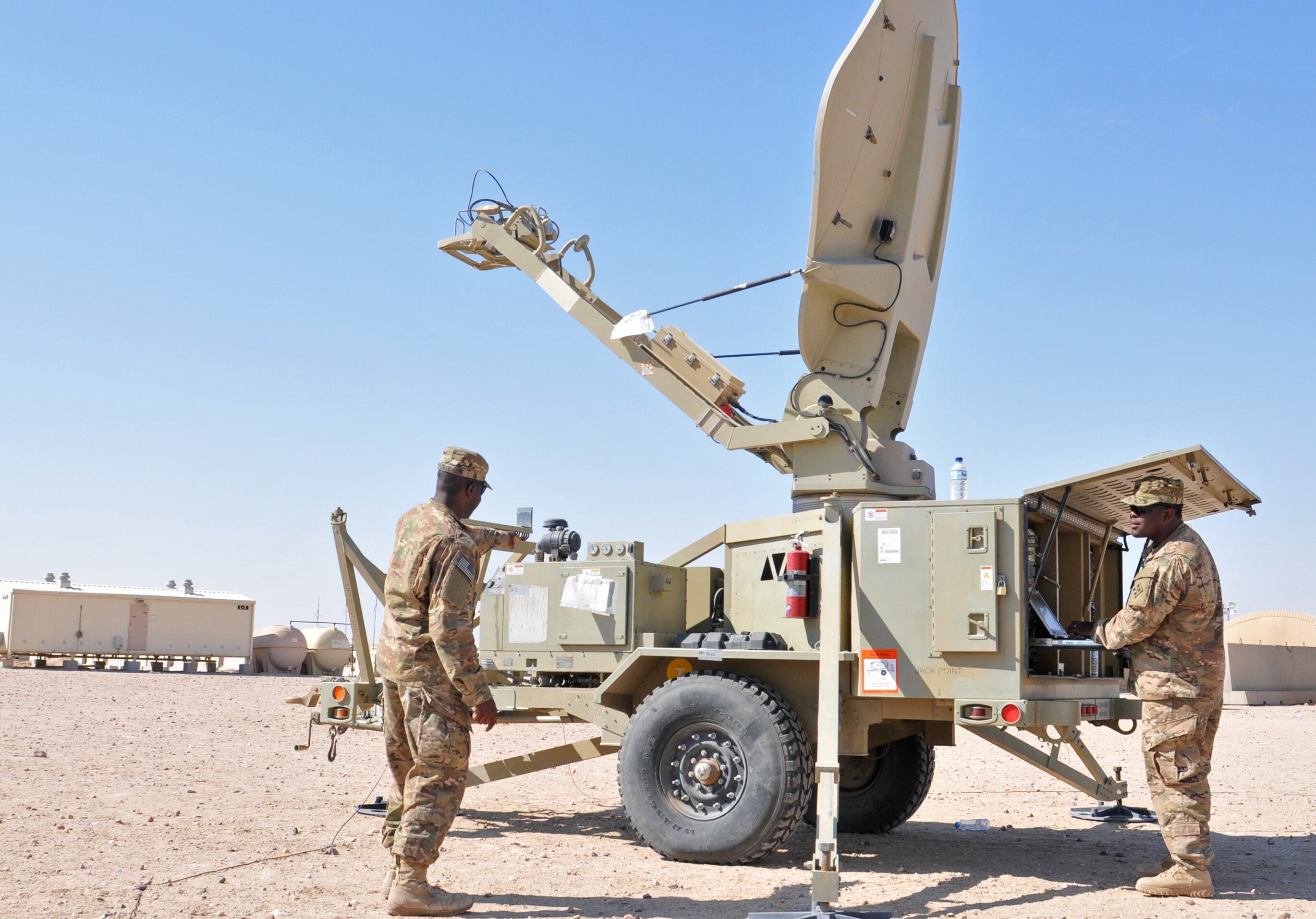The Army is awarding delivery orders to three vendors to support equipment for three Expeditionary Signal Battalion-Enhanced (ESB-E) units.
Specifically, the awards will support fielding of satellite baseband equipment, said Paul Mehney, director of public communications at Program Executive Office Command, Control, Communications-Tactical.
Expeditionary signal battalions support units that don’t have organic communications capabilities. These groups could include military intelligence battalions, chemical battalions, engineering battalions or air defense artillery branches. The ESB-E aims to be more mobile and require less equipment in order to drop in, support units and move more quickly on the battlefield.
RELATED

Overall, the vendors will be responsible for providing 48 baseband sets of equipment for each ESB-E formation.
“Due to aggressive initial fielding timelines, after the first six ESB-E formations are fielded, the program office intends to open baseband capability competition for future ESB-E needs,” Mehney said.
PacStar was recently awarded a contract to support the ESB-E program to provide its 400-Series modular platform to enhance tactical expeditionary communications, the company said in a July 7 release.
The 400-Series is lightweight allowing these smaller and expeditionary units to maneuver more quickly. It includes 128 GB RAM, virtual routing and the PacStar 463 Radio Gateway.
“Network modernization to meet warfighter needs and defense priorities is a core focus for the Army and across the DoD, and we are proud to support these efforts with PacStar 400-Series for ESB-E,” Peggy J. Miller, chief executive of PacStar, said in a statement. “With these solutions, ESB-E [Scalable Network Node] will get the smallest, lightest, modular tactical communications platform in the industry, which is part of our larger initiative to enable increased reliability and innovation for warfighters.”
The other vendors include Klas and DTECH, with all three supporting one ESB-E.
An additional delivery order for each vendor to a second ESB-E will be issued, meaning in the near future, each vendor will support two units a piece. After that, the Army will open up the contracts to competition.
This approach follows how the Army has been experimenting to date by providing similar, yet comparable equipment to several ESB-E’s.
These companies have provided separate equipment to three units allowing the Army to gain useful feedback from units to see what they liked and disliked about the gear. This has allowed the Army to execute rapid prototyping and experimentation on a tighter timeline for making fielding decisions while providing equipment to soldiers in the interim.
The first two ESB-Es fielded include the 57th ESB-E at Fort Hood and the 50th ESB-E at Fort Bragg.
Mark Pomerleau is a reporter for C4ISRNET, covering information warfare and cyberspace.








